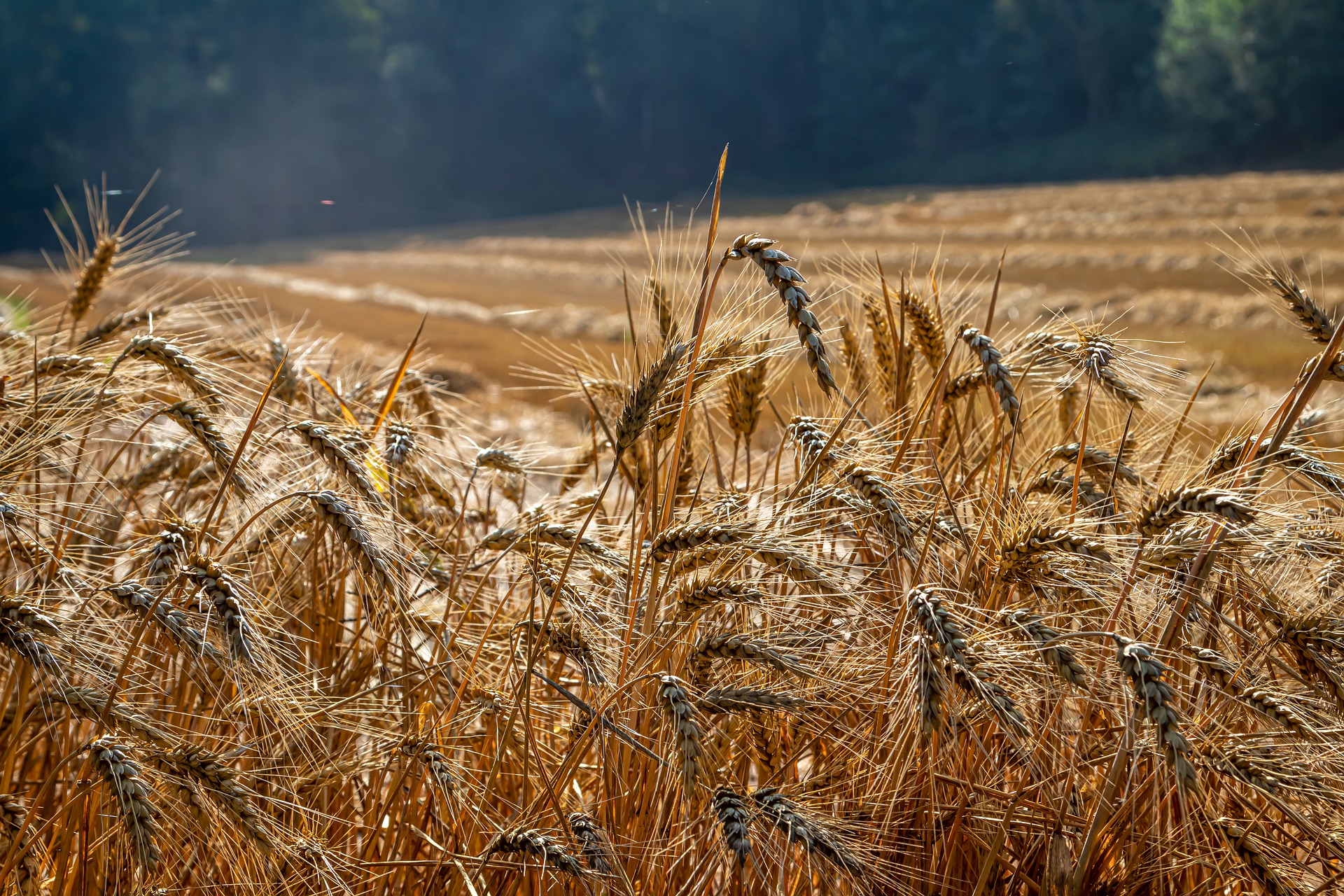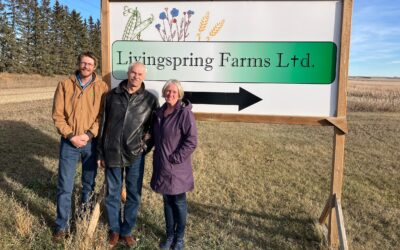With the Alberta Wheat and Barley commissions set to amalgamate, it follows a growing trend in the agriculture industry.
Editor’s note: This interview has been edited for length and clarity.
Tom Steve is the general manager of the Alberta Wheat and Barley Commissions. He worked for a number of years in the Canadian grain industry with various companies, mostly in roles related to marketing, grower relations and communications. In 2014, he joined the Alberta Wheat Commission (AWC) as their general manager and in 2017 Steve started managing the Alberta Barley Commission along with his AWC duties. The Alberta Wheat and Barley commissions members recently voted in favour of amalgamating with plans in place for it to formally happen in 2023.
Alberta Seed Guide (ASG): What is an amalgamation?
Tom Steve (TS): It’s moving from two separate legal entities or commissions into one. In the case of Alberta wheat and barley, we have a checkoff commission for wheat and a checkoff commission for barley, they’re both regulated under provincial regulation in Alberta. And we’ve been operating as a single management team for the past five years. Now we’re looking at taking the next step, which is to formally amalgamate our governance, our financial structure, our business operations into one — so creating a new legal entity to replace the two that currently exist.
ASG: Why have we seen ag associations such as your own explore amalgamations?
TS: I think it’s the reality of the fact that our industry is evolving, farms are getting larger. There’s a lot of consolidation happening in the crop sector. And it makes sense for us to find efficiencies, and synergies wherever we can. We’ve already identified those by operating the Alberta Wheat and Barley Commissions jointly for the past five years. And this is just a logical step for farmers to be able to have more strength in numbers in terms of working together across different crop commodities.
ASG: What are the pros and cons of associations merging?
TS: Well, the pros are that we utilize farmers checkoff dollars more efficiently and put them into research and market development, policy development — those are the key pillars. And not spend as much of our money on administration and overlap. So, as an example, we have two boards at the moment, we have two financial structures, two annual audits and two annual general meetings.
If there’s a con to it, some have raised the prospect that the smaller acreage crops won’t get the same attention as the larger acreage crop. In this case wheat is the larger of the two. And there have been concerns that there wouldn’t be as much focus on barley as there is on wheat simply because of the sheer size of the acreage and the checkoff dollars involved. We’ve gone to great lengths during the time that we’ve been operating two commissions to ensure that we do place equal emphasis on the two commodities, and I think the results of the plebiscites give us comfort that farmers believe that’s the case.
ASG: What considerations did your group consider when you first started exploring amalgamating?
TS: I think the major ones were how is this going to affect our relationships throughout the value chain of wheat and the value chain of barley? And again, addressing some of the issues around the desire to have a strong focus on barley, even though wheat is a more dominant acreage crop across Western Canada. Those were some considerations.
Our membership in various national and provincial organizations, we would go from two memberships to one, would that reduce our voice? Or would it amplify it further? And we will be reviewing and revisiting all of the memberships that we have in various organizations as we build a new model. But I think the consensus was that there is some duplication and overlap because the farmers that grow wheat for the most part grow barley and vice versa, and it just makes sense for us to work together collaboratively.
ASG: What effect does it have for farmers if there are less groups advocating for them?
TS: I would make the opposite case, which is that we have more strength as two major crops working together, as opposed to doing it separately. Our voice is already being heard, and we have been working together. The two commissions have been working together for the past five years, and we haven’t felt that our voices have any less emphasis than it had before. In fact, in some cases, we’re looked on as more of a powerful agency or powerful voice for farmers because we have two major crops that we represent.
If you look at other models in Canada, the Manitoba Crop Alliance has a number of commodities under one umbrella. The Grain Farmers of Ontario has all the major crops under a single commission and the Quebec grain farmers organization, PGQ, also has all of the major crops under one commission. This is a logical step from our perspective.
ASG: There’s been quite a few amalgamations happening or will happen in Alberta, your own associations, and then the Alberta and British Columbia seed growers merged in 2022. Is there a reason we have seen it happen in Alberta specifically?
TS: I don’t know if it’s specific to Alberta because there are other examples of consolidation going on or that have in the past. The examples of the Grain Farmers of Ontario, Quebec Grain Growers, and the Manitoba Crop Alliance, and I would further point out that the provincial dairy organizations, the Western Canadian ones, are looking at consolidating into a single dairy commission. So, it’s not specific to Alberta. But certainly, we’re pleased to set this particular example and we’ll see how others unfold in the future.
ASG: Have provincial government changes to how ag research is conducted played any part in the amalgamations we’ve seen?
TS: I would say no, we still participate in the same funding calls for wheat and barley. We look at them on a commodity specific basis. The existence of Results Driven Agriculture Research has I think been a benefit, because it’s a lot clearer what their funding philosophy is for significant projects that benefit farmers than it was when it was under the provincial government.
So, it really hasn’t had an effect on our intentions. Going forward, we will still have a strong focus on barley research and a strong focus on wheat research. And our funding decisions will be made on the basis of the merit of those projects.
ASG: Do you think we’ll see more mergers of associations happen in the future?
TS: It’s difficult to predict. But I think that the trend is pretty clear that there is a desire for organizations to work together. And because their voices are stronger, and their influence on government agencies is stronger in terms of seeking funding and really influencing policy. So, I do think there will be additional mergers under consideration in the future, but I just can’t say which ones or when, but it’s definitely a trend we’re seeing in the marketplace.
Related Articles
Alberta Wheat and Barley May Be Going from Two to One






